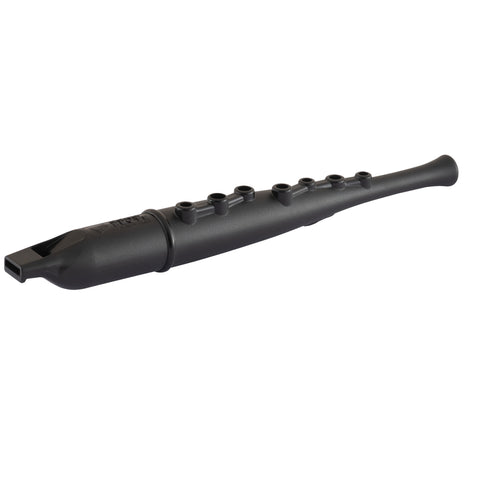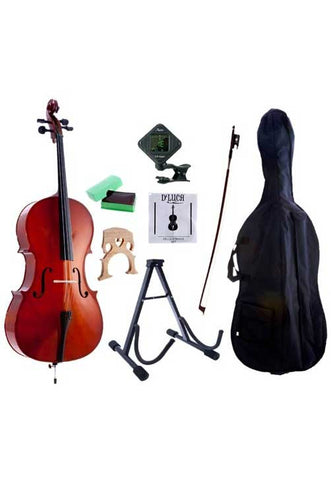Teach me how
October 20, 2023
How To Choose a Berg Larsen Saxophone Mouthpiece
Find The Best Saxophone Mouthpiece Option
When it comes to playing the saxophone, the mouthpiece you choose can have a profound impact on your tone and overall performance. Berg Larsen, a renowned name in the world of saxophone mouthpieces, offers a wide range of options for players to consider. To help you make an informed decision, we'll explore the key factors to consider when choosing a Berg Larsen saxophone mouthpiece: tip opening, tone chamber, and the length of the facing.
Table of Content
- Saxophone Mouthpiece Parts
- Tip Opening
- Tone Chamber
- Length of Facing
- Conclusion
1. Saxophone Mouthpiece Parts
The first part is to know the parts of the saxophone mouthpiece, bellow is a graphic for Berg Larsen Saxophone Mouthpieces parts:

2. Tip Opening:
The tip opening is the distance between the tip of the reed and the tip of the mouthpiece, measured in thousands of an inch. Generally speaking, the wider the tip opening, the softer the reed that may be used. For most beginners a narrower tip opening will result in a clearer tone and more consistent intonation. The tip openings available are shown in the green section of the table below, with the most popular ones shown in the red typeface.

Here's what you need to know:
Berg Larsen mouthpieces come in various tip opening sizes, ranging from narrow (small number) to wide (large number). Smaller tip openings (e.g., 70, 75) tend to produce a more focused and brighter tone, while larger tip openings (e.g., 100, 120) provide a broader, darker sound.
The ideal tip opening size can be a matter of personal preference. It's crucial to experiment with different sizes to determine what suits your playing style and musical genre best. For instance, jazz players might prefer wider tip openings for a brighter sound, while classical musicians may opt for narrower tip openings for a more focused tone.
3. Tone Chamber:
The tone chamber is another key factor to consider when choosing a Berg Larsen saxophone mouthpiece. The tone chamber is the part of the mouthpiece where sound is produced and shaped. It plays a significant role in determining the quality and character of your sound.
The degree of edge or brightness the player obtains is dictated by the size of the tone chamber. Referring to the diagram above, the more 'baffle' that is built into the tone chamber, the more edge the tone will have. A '0' tone chamber will have the most edge and a '3' will have a more mellow tone. Tone Chambers: '0' - BRILLIANT, '1' - BRIGHT, '2' - ROUND, '3' - MELLOW.
Here's what to keep in mind:
Berg Larsen mouthpieces offer various tone chamber sizes and shapes. A larger chamber generally produces a warmer, more traditional sound, while a smaller chamber provides a brighter, edgier tone. The shape of the tone chamber can also influence your sound; some mouthpieces have a bullet-shaped chamber, while others have a more straight design.
Your choice of tone chamber should align with the musical style you play. If you're a jazz musician aiming for a bold and contemporary sound, a smaller chamber may be preferable. On the other hand, classical saxophonists often prefer larger chambers for a mellower and more resonant tone.
4. Length of Facing:
The length of the facing refers to the distance from the tip of the mouthpiece to where it meets the reed. This distance can affect your ability to control your tone, articulation, and projection.
The term 'SMS' or 'M' indicates the choice of facing. The SMS, or French facing is usually shorter with a steeper curve. The 'M' or American facing is slightly longer with a flatter type curve. These facing term is only to indicate the facing curve length and in no way affects the actual sound of the mouthpiece.
Consider these factors:
Short vs. Long Facing: Berg Larsen mouthpieces are available in both short and long facings. A shorter facing (e.g., M) provides quicker response and easier articulation, making it well-suited for styles requiring precision, like classical music. In contrast, a longer facing (e.g., L) offers more flexibility and projection, making it an excellent choice for jazz and contemporary genres.
Skill Level: Your skill level and experience should also guide your choice. Beginners may find short facings easier to control, while advanced players may appreciate the versatility of longer facings.
5. Conclusion:
Choosing the right Berg Larsen saxophone mouthpiece is a vital decision for any saxophonist. By considering the tip opening, tone chamber, and length of facing, you can tailor your mouthpiece to suit your playing style, musical genre, and skill level. Remember that experimentation is key – don't hesitate to try different combinations to find the perfect match for your saxophone and your unique sound. A well-matched mouthpiece can truly transform your saxophone playing experience.
Top Popular Products
People Also Read
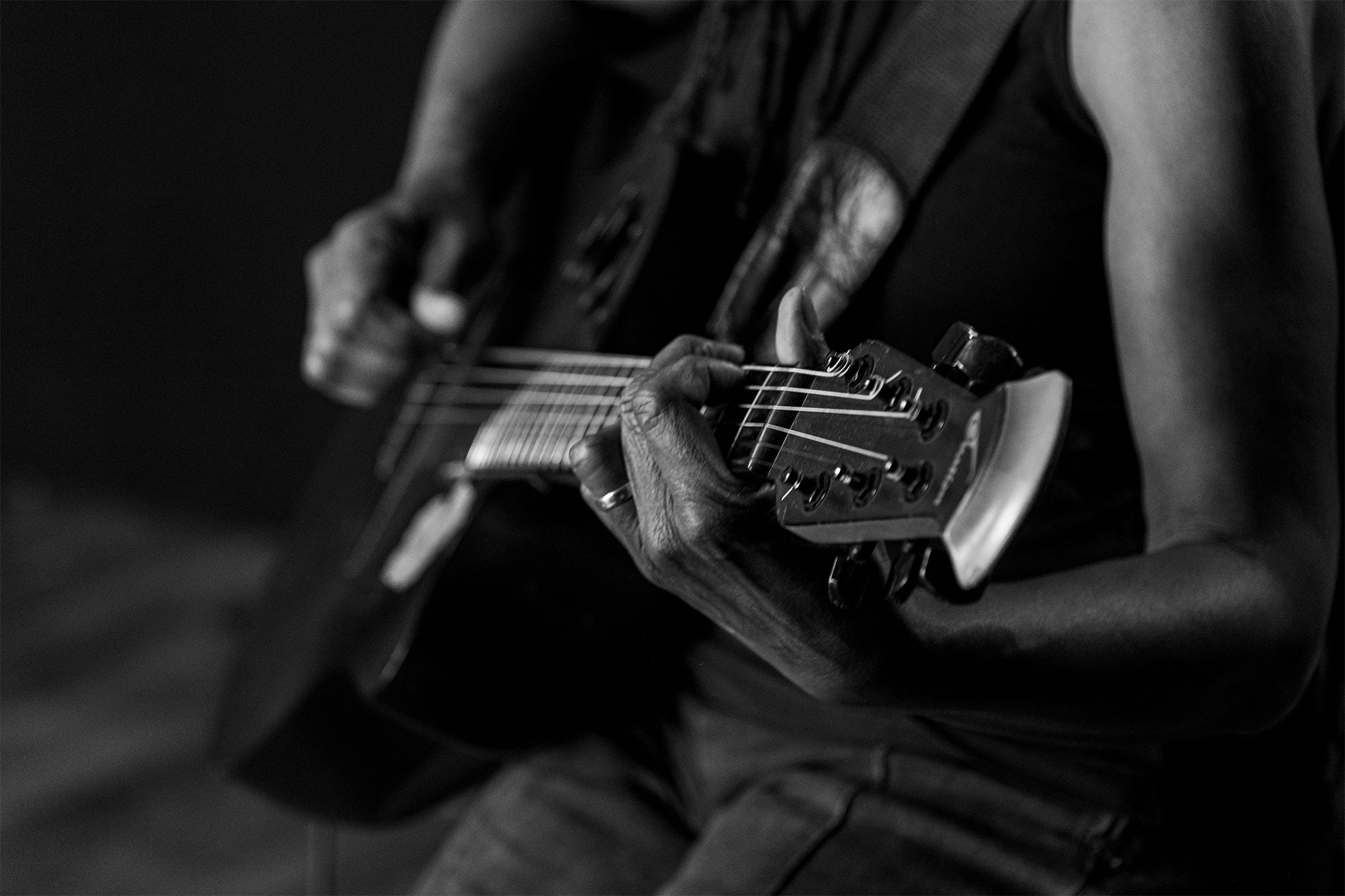
Finding Your Perfect Ovation Guitar: Exploring Bowl Sizes and Materials
Are you in the market for a new acoustic guitar that offers a unique blend of innovation, style, and sound quality? Look no further than Ovation guitars! With their distinctive bowl-shaped bodies and a variety of materials to choose from, Ovation guitars offer a range of options that can cater to your specific preferences and needs. In this blog, we'll delve into the world of Ovation guitars, focusing on their iconic bowl sizes and materials, helping you find the one that's just right for you.

How To Choose a Berg Larsen Saxophone Mouthpiece
When it comes to playing the saxophone, the mouthpiece you choose can have a profound impact on your tone and overall performance. Berg Larsen, a renowned name in the world of saxophone mouthpieces, offers a wide range of options for players to consider. To help you make an informed decision, we'll explore the key factors to consider when choosing a Berg Larsen saxophone mouthpiece: tip opening, tone chamber, and the length of the facing.
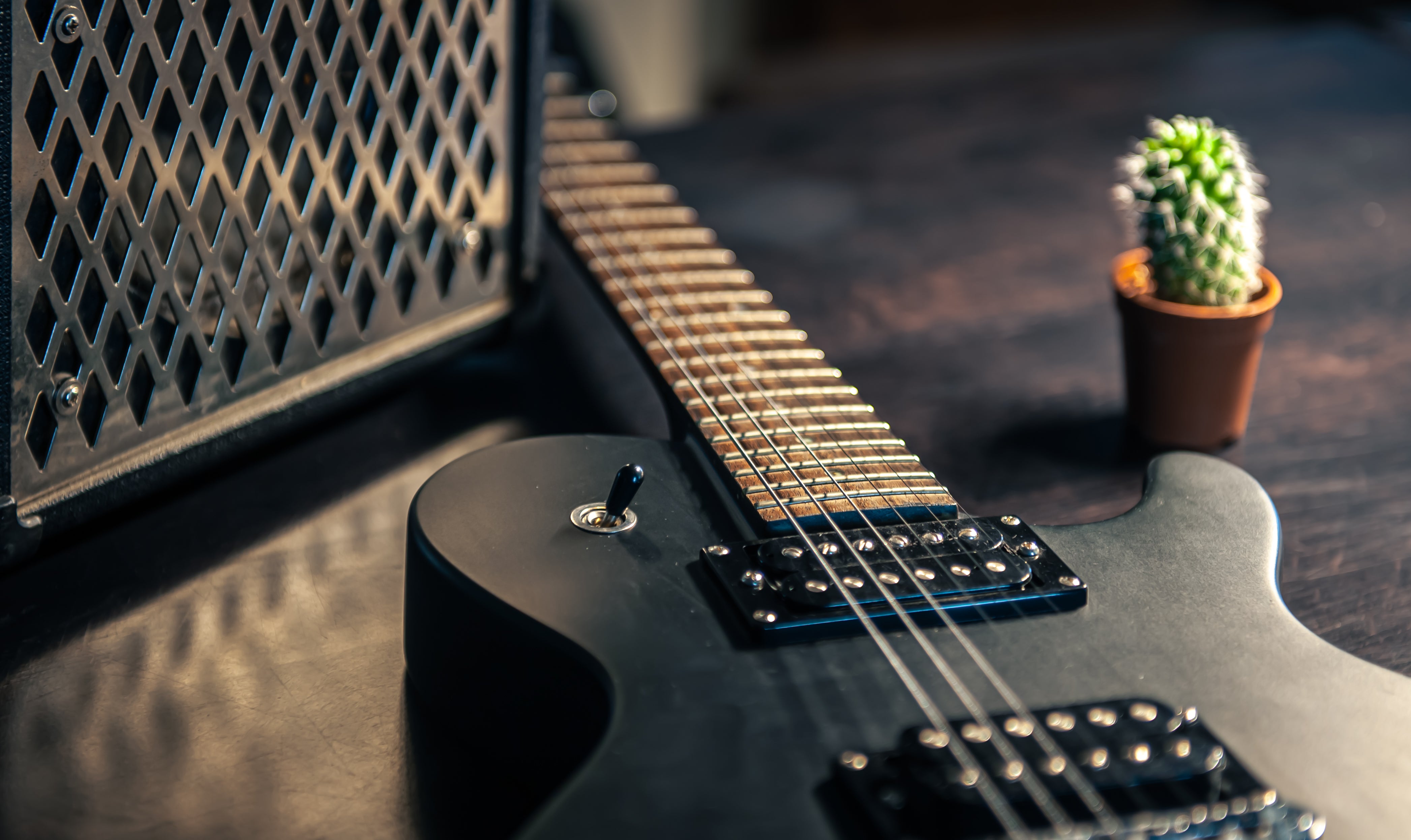
The Complete Guide to Choosing Guitar Strings
When it comes to playing the guitar, the strings you choose can make a world of difference. Whether you're a beginner or an experienced player, selecting the right guitar strings is essential for achieving the tone, playability, and overall sound you desire. In this comprehensive guide, we'll walk you through the key factors to consider when choosing guitar strings, helping you find the perfect fit for your instrument and musical style.
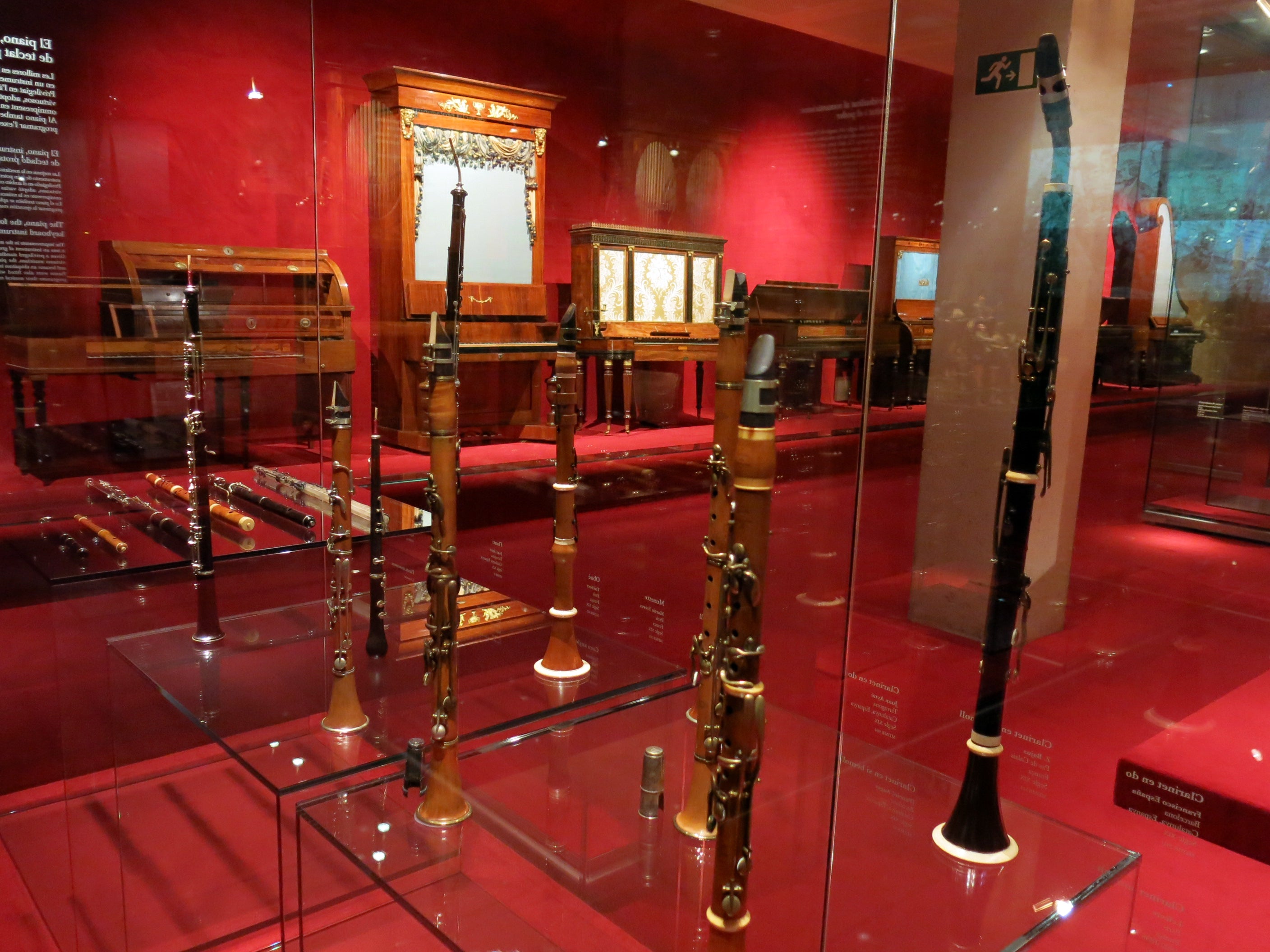
Essential Tips for Cleaning Woodwind Instruments
Woodwind instruments, such as flutes, clarinets, saxophones, and oboes, are beautiful instruments that require regular maintenance to ensure optimal sound quality and longevity. Cleaning these instruments is not only essential for hygiene but also plays a crucial role in preserving their performance and preventing damage. In this blog, we will guide you through the step-by-step process of effectively cleaning your woodwind instrument.

Choosing Saxophone Reeds
When it comes to playing the saxophone, the choice of reeds is crucial for achieving the desired tone and playability. Selecting the right saxophone reed can greatly influence your sound quality, response, and overall performance. However, with a wide variety of reed options available, it can be challenging to find the perfect match for your playing style. In this blog post, we will provide you with a comprehensive guide to help you navigate the process of choosing saxophone reeds and find the ideal fit for your needs
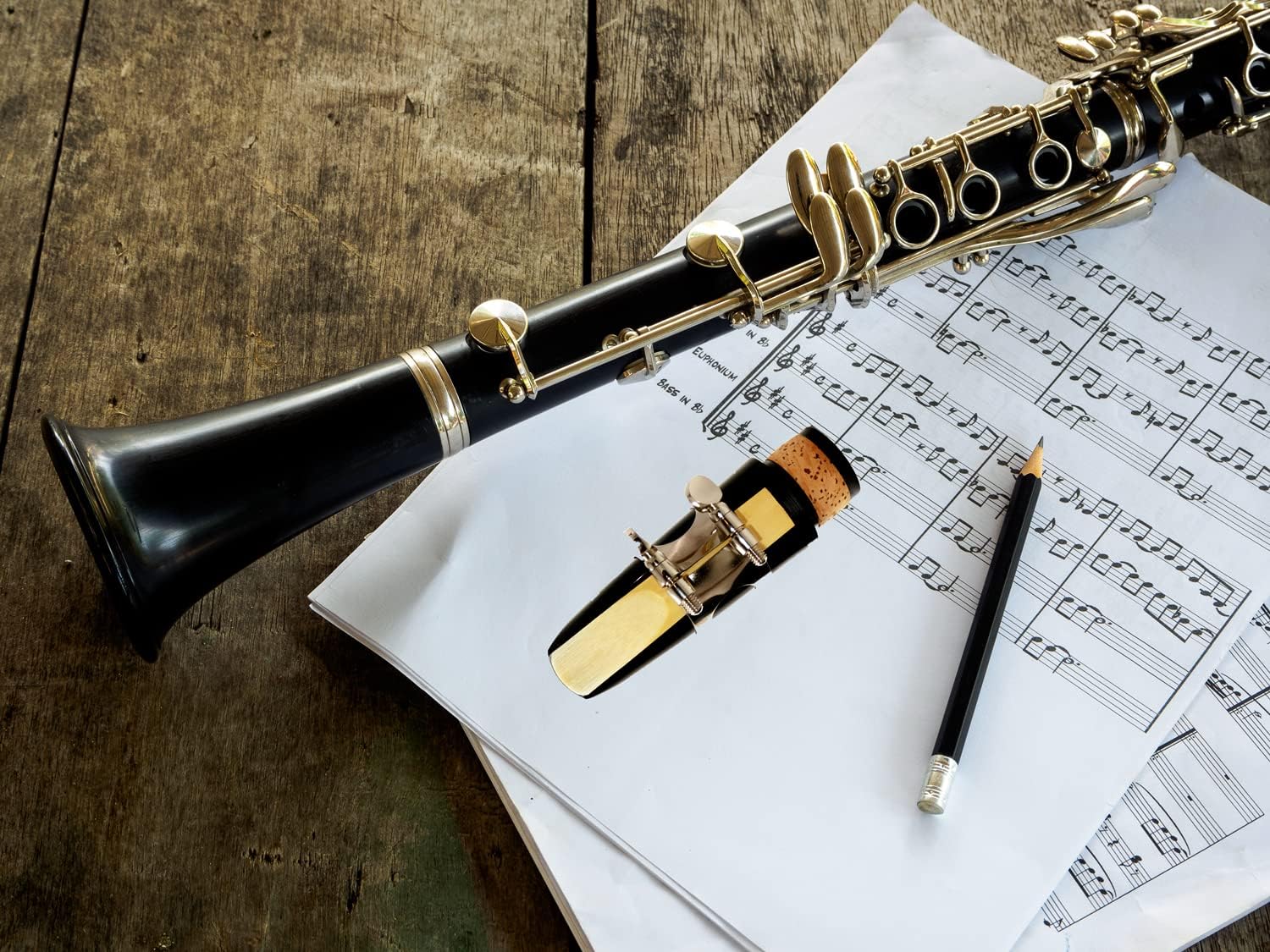
How to Choosing the Perfect Clarinet Reeds
When it comes to playing the clarinet, the choice of reeds is crucial in shaping your sound and overall playing experience. Selecting the right reed can significantly impact your tone, control, and playability. With various options available in the market, it can be overwhelming to choose the perfect clarinet reed for your needs. In this blog post, we will provide you with a comprehensive guide to help you make an informed decision and find the ideal reed that suits your playing style and preferences
